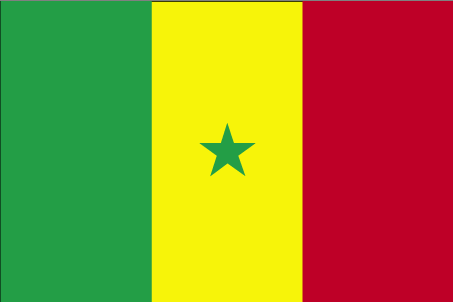To help inspire or plan your trip to Senegal, some of its major attractions
for travellers are shown below, including some of the best natural, historical, cultural and adventure sites in the country.
These include all of UNESCO World Heritage Sites for Senegal which represent the best
of the world's cultural and natural heritage.
Click on the icons below to focus on specific types of features
(click again to return to all).
|
|
|
|
|
|
|
|
|
|
|
|
 |
|---|---|---|---|---|---|---|---|---|---|---|---|
| Natural | History | Wildlife | Trekking | Cities | Religious Monument | Boat Journey | Rail Journey | Diving | Cultural | Adrenaline | UNESCO WHS |
Historical attractions in Senegal
| Island of Gorée | |
|---|---|
The island of Gorée, off the coast of Senegal opposite Dakar, is a small and peaceful island which was once the largest slave-trading centre on the African coast. Approximately 20 million Africans passed through the island on their way to the Americas between the mid-1500s and the mid-1800s. The architectural remains today include the grim and cramped slave quarters and the elegant houses of the slave traders. These now house museums and serve as a reminder of this shameful period of human exploitation. UNESCO World Heritage Site: Island of Gorée | |
| Island of Saint-Louis | |
|---|---|
Saint Louis is located on an island in the mouth of the Senegal River. Founded as a French colonial settlement, it served as Senegal's capital from 1872 to 1957. Saint Louis is characterised by 19th century French colonial architecture including the Governor's Palace and the Cathedral, around which is a regular town plan and a system of quays. UNESCO World Heritage Site: Island of Saint-Louis | |
| Stone Circles of Senegambia | |
|---|---|
The stone circles of Senegambia comprise 93 separate circles along 350 kilometres of the River Gambia. They are clustered into four main groups - Wassu, Wanar, Sine Ngayene and Kerbatch. Each circle contains between 8 and 14 stones, cylindrical or polygonal in shape, between 1 and 2.5 metres high and weighing up to 7 tonnes. They are thought to be dated between the third century BC and the sixteenth century AD though little is known about the society that produced them. UNESCO World Heritage Site: Stone Circles of Senegambia | |


